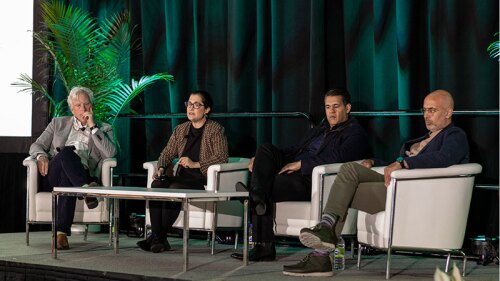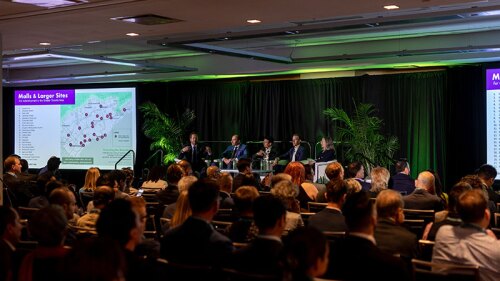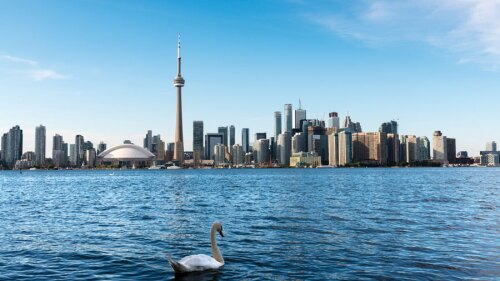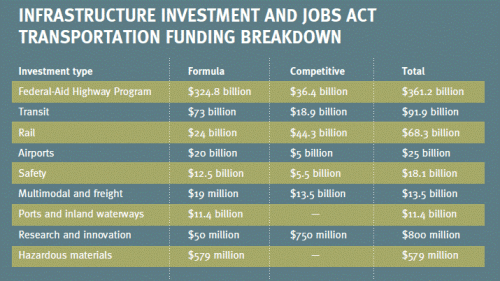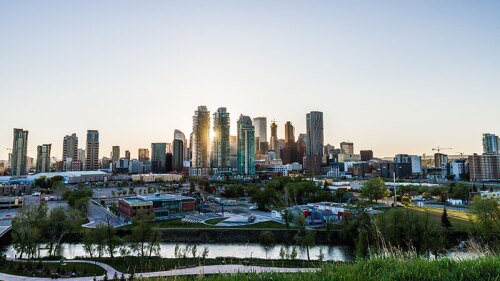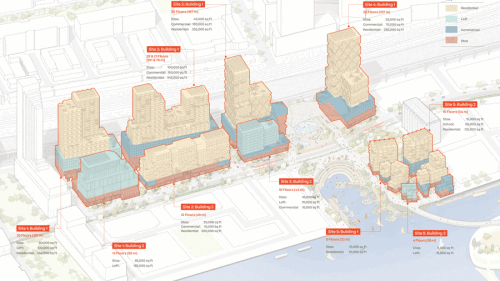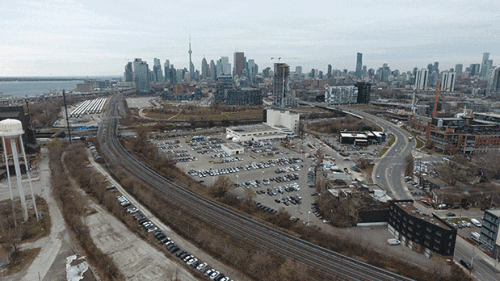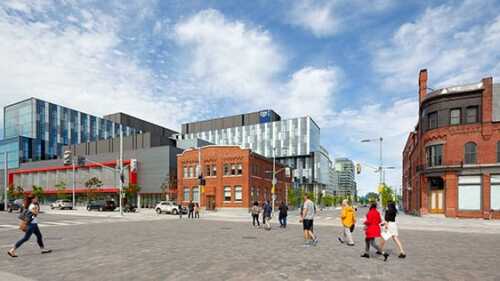Toronto
At a 2023 ULI Spring Meeting panel titled “View from the Top,” Tsering Yangki, executive vice president at Dream Unlimited, one of Canada’s leading real estate companies, with over $23 billion in assets across North America and Europe, spoke with WLI chair Ellen Klasson, managing director at RCLCO.
As the world struggles to deal with the threat posed by climate change, Toronto provides a template for how cities can dramatically reduce emissions at an urban scale, in a way that is sustainable from a business standpoint, according to panelists at the 2023 ULI Spring Meeting in Toronto.
Shopping malls, the once-bustling hubs of commerce and community, are now facing an uncertain future in light of relentless urbanization and population growth. But as the city evolves, so too must these giants. At the 2023 ULI Spring Meeting in Toronto, industry leaders tackled this very question in the panel titled “Reimagining the Mall: The Final Urban Frontier.”
Toronto’s deep-lake water cooling system stands as an example of the “third wave” of urban energy.
What ULI members need to know to ensure that revenues support equitable decarbonization of the built environment.
A recent ULI webinar—with member speakers from ULI Toronto, ULI British Columbia, and ULI Alberta—addressed what leading real estate companies are doing to decarbonize their operations and development in anticipation of regulatory requirements.
“Cities need to grow to thrive,” Dan Doctoroff said. “But we can’t take growth for granted.” Doctoroff is the chairman and CEO of Sidewalk Labs, a subsidiary of Google parent Alphabet. Doctoroff was speaking at the 2020 ULI Europe Conference.
In the Waterfront Toronto RFP for Quayside, Alphabet’s Sidewalk Labs saw a key opportunity for a demonstration project unbound by the conventions of traditional urban planning or real estate economics. This was something new: a chance to innovate at the urban scale, to develop, deploy, and measure the success of a web of new technologies in an actual neighborhood.
A graduate student team from Cornell University, two teams from the Georgia Institute of Technology, and a team from the University of Maryland have been selected as the four finalists for the 16th annual ULI Hines Student Competition, an ideas competition that provides students the opportunity to devise a comprehensive design and development scheme for a large-scale site in an urban area.
In 2003, Waterfront Toronto, a tri-government agency, undertook the transformation of 79 acres (32 ha) of provincially owned brownfields in Toronto’s downtown east end. The West Don Lands project was designed through extensive community engagement and collaboration between government and the private sector. The result was an award-winning precinct plan for a pedestrian-focused community—built around parks, with housing for people of all ages, income levels, and abilities; well served by transit, retail, and community amenities; and developed in accordance with stringent sustainability requirements.


